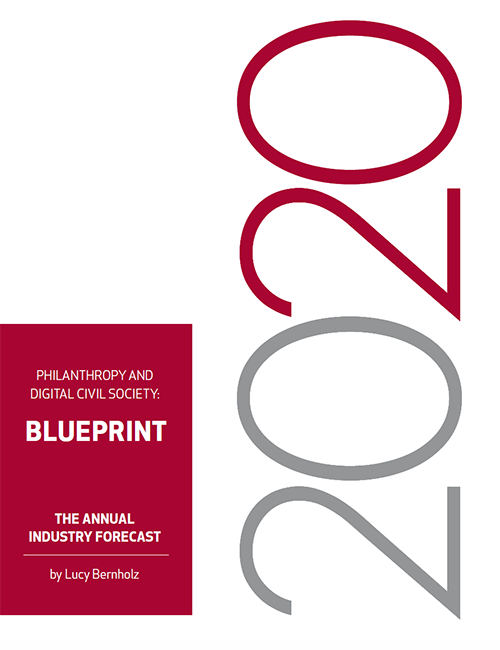THIS POST IS AN EXCERPT FROM BLUEPRINT 2020.
Harry Potter fans know that Platform 9 3/4 at King’s Cross Station is where you go to be transported from the regular world to the wizarding world. I’m a bit old to be making such literary references, but the train platform is an apt metaphor for what I want to discuss here. Simply put, philanthropy and civil society need to address the current ways in which people interact with digital systems, not the old-fashioned concept of going online.
Today’s truth is we go back and forth from physical to digital (or wizard to muggle world, in Potter parlance) all day, every day. And we need digital civil society and philanthropy to understand just how tied together the physical and digital are, and how our human rights and associational opportunities are implicated by several new “platforms” connecting the two.
People who came to the internet via desktop computers and web browsers may still think they are in control of when they “go online.” This quaint belief may lead them to think they are in control of when they generate digital data. This is no longer true.
The number of such digital surveillance portals increase dramatically for people of color and marginalized communities (see the videos/readings from the Color of Surveillance conference for more examples). We are almost always slipping back and forth between digital and physical spaces. Most of us are digitally connected more than we are offline. Going offline takes conscious action; being tracked is the norm.
We need to recognize that each of the many systems that tie our physical selves to our digital twins is a commercially controlled, surveilled portal. In the 1990s Mozilla was created to prevent Microsoft from “owning” the browser space. It was a community and technology effort to ensure that one company didn’t control what was then the front door to the internet. The ensuing “browser” wars were about making sure that there were lots of ways to get online and that, at least one browser (Mozilla’s Firefox), was open source.
To continue reading, and for a look at Lucy’s list of today’s “doors” between physical and digital, download Blueprint 2020. Tweet @dgtlimpact with #Blueprint20, take the 2020 survey, and join us on LinkedIn.

